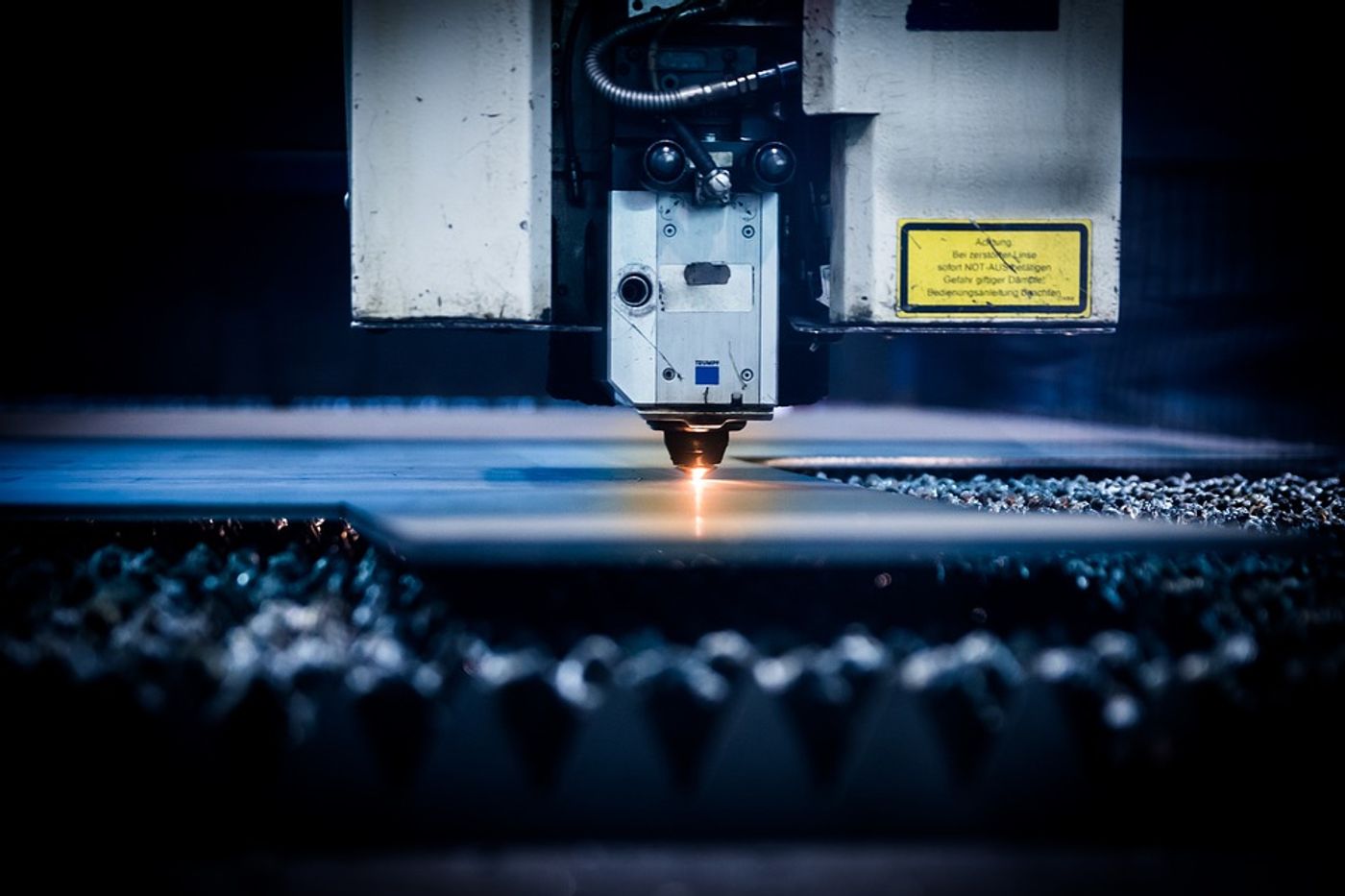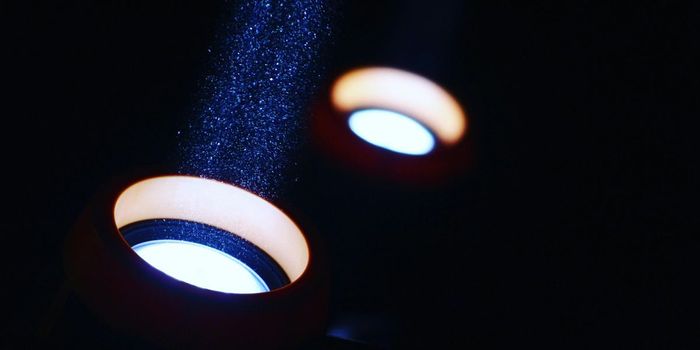Molecule take images of itself with its own electrons
A new study published in Physical Review Letters highlights the development of an approach to observe time-dependent changes in molecular structures. The method uses diffraction to encode the internuclear spaces between atoms in a molecule, essentially allowing the molecule to produce self-images uses its own electrons.
Led by Dr. Arnaud Rouzée, the team of researchers from the Max Born Institute (MBI) conducted a series of experiments on laser-assisted electron re-collisions resulting from strong-field ionization of photoexcited I2 molecules. Usually what happens after strong-field ionization is that free electrons accelerate away from the molecule under the influence of the laser electric field.
Yet, in their experiments, the researchers found that the oscillating nature of the field caused some of the electrons to boomerang back to their parent ion. This process is referred to as a re-collision, during which an electron can either be reabsorbed in the molecule or scatter off the ion.
“By comparing differential scattering cross-sections extracted from the angle-resolved photoelectron spectra to differential scattering cross sections from quantum-scattering calculations, we demonstrate that the electron-scattering dynamics is dominated by a shape resonance,” write the authors. “When the molecular bond stretches during the evolution of a vibrational wave packet this shape resonance shifts to lower energies, both in experiment and theory.”
As the researchers demonstrate, shape resonances can be utilized to produce high-resolution movies of molecular dynamics in order to document and follow nuclear rearrangement at high speeds in real-time.
The MBI team showed this technique by recording a movie of the ultrafast vibrational dynamics of photo-excited I2 molecules. As Science Daily reports:
“A first laser pulse, with a wavelength in the visible part of the wavelength spectrum, was used to prepare a vibrational wavepacket in the electronic B-state of the molecule. This laser pulse was followed by a second, very intense, time-delayed laser pulse, with a wavelength in the infrared part of the wavelength spectrum. Electron momentum distributions following strong-field ionization by the second laser pulse were recorded at various time delays between the two pulses, corresponding to different bond distances between the two iodine atoms.”
The researchers say that their investigation provides the framework for future experiments in photo-induced molecular dynamics with high temporal and spatial resolution.
Sources: Physical Review Letters, Science Daily









